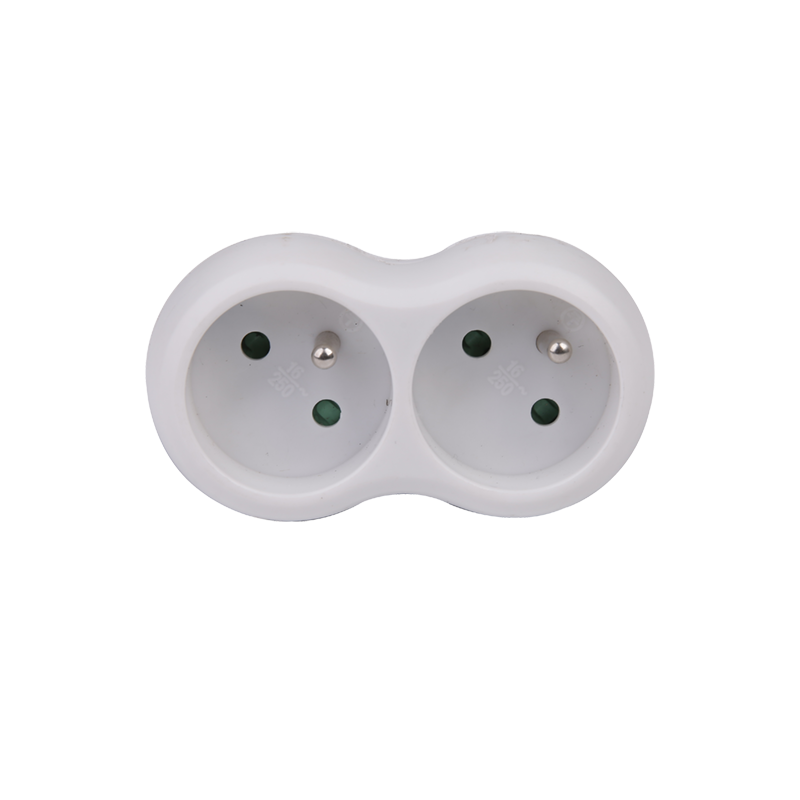In the switching power supply circuit, under the excitation of the excitation signal, the transistor V alternately works in on-off and on-off switching states. The switching speed is very fast, and the frequency is generally around 50kHz. In some technologically advanced countries, it can reach hundreds or even close to 1000kHz. This makes the power consumption of the switch tube V very small, and the efficiency of the power supply can be greatly improved, and its efficiency can reach 80%.

2. Small size and light weight.
It can be clearly seen from the block diagram of the switching power supply that no bulky industrial frequency transformer is used here. Since the power consumption on the voltage regulator tube V is greatly reduced, a larger heat sink is omitted. Due to these two reasons, the switching power supply is small in size and light in weight.
3. Wide voltage adjustment range.
The output voltage of the switching power supply is adjusted by the duty cycle of the excitation signal, and the change of the input signal voltage can be compensated by frequency modulation or width modulation. In this way, when the power frequency grid voltage changes greatly, a relatively stable output voltage can still be ensured. Therefore, the voltage regulation range of the switching power supply is very wide, and the voltage regulation effect is very good. In addition, there are two ways to change the duty cycle: pulse width modulation and frequency modulation. The switching power supply not only has the advantage of wide voltage regulation range, but also has many ways to realize voltage regulation. Designers can flexibly choose various types of switching power supplies according to actual application requirements.

 English
English 简体中文
简体中文 English
English









